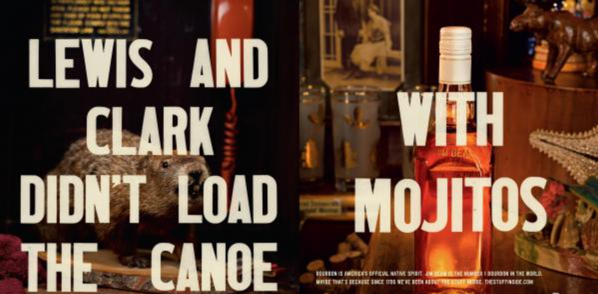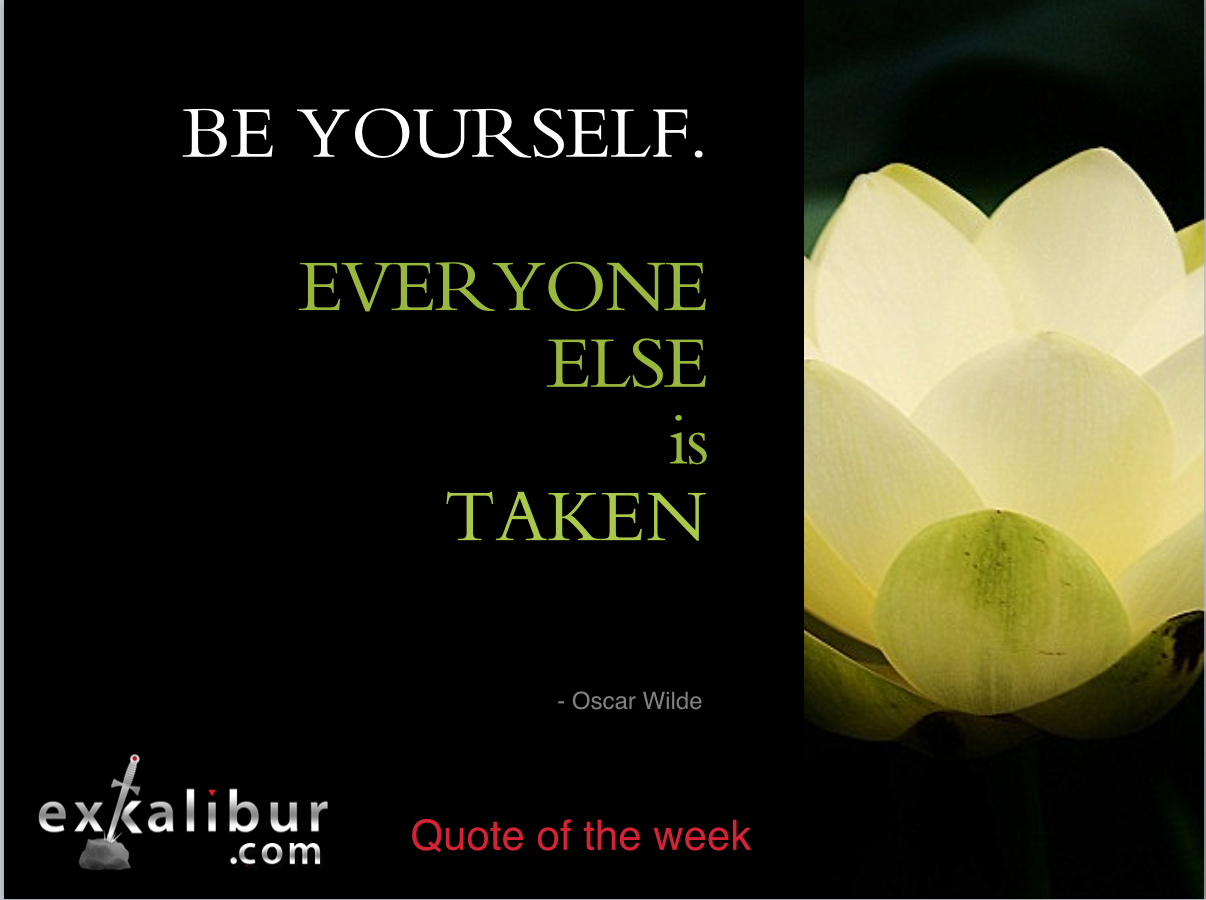Malloy, despondent over these threats, is stunned when his brother pulls a gun to emphasize his point. Their relationship had reached a nadir, and Malloy was distraught that his brother helped dismantle his fledgling boxing career.
In his dark lament, he delivers this memorable line:
"I coulda had class, I coulda been a contender, I coulda been somebody … instead of a bum.”
What did Mom say about Being Somebody?
Our moms also told us to “be somebody” – although our behavior at any particular moment may have altered her tone when she really meant …
"Be somebody better than you're being right now", or
"Get off the couch and clean your room."
You get the picture.
What does it take to be SOMEBODY?
To be “somebody,” though, means you first have to figure out WHO that somebody is.
And, as business leaders, we need to remember our companies, too, need “to be somebody” – to our customers, employees, suppliers.
Your business needs to stand for something that is clear, articulate and specific so your customers can tell you apart from others … so they can differentiate you from your competitors.
“Lewis & Clark didn’t load the canoe with Mojitos!”

An outdoor clothing company? A rum producer?
An adventure tour operator?
Nope. It’s Jim Beam, the proud purveyor of Kentucky straight bourbon whiskey since 1795, celebrating bourbon as America’s “official native spirit.” (I left their name out of the image above to see if you could figure it out.)
They’re making a statement about brand identification – that it’s a drink for rugged individualists and outdoorsmen who might wear a Carhartt and carry a hatchet to fetch their own firewood – certainly not someone who would drink a “Mojito” (which is actually pretty good, if you ask me, but then, I’m not packing the canoe).
I love this tagline from Jim Beam
First, KNOW it, then BE it!
"If you ever have the good fortune to create a great advertising campaign, you will soon see another agency steal it. This is irritating, but don’t let it worry you; nobody has ever built a brand by imitating somebody else’s advertising."
Jim Beam is committing to a very specific target audience.
They understand it’s a death wish to be so confused with other businesses that your customers can’t pick you out of a crowd.
Yet, companies resist clearly defining their market segments because they fear losing potential customers.There’s great danger, however, in diluting your message to customers, employees and suppliers.
The essence of the quote from the master of advertising, David Ogilvy, is this:
“… nobody has ever built a brand by imitating somebody else … ”
Jim Beam focuses on a very clear proposition.
They know who they are, who their customers are and what they expect from each other.
Could they sell whiskey to others?
Sure, and they probably do, but that’s not their core market.It might be stated as simply as this:
If customers don’t understand why they should buy from you, chances are they’ll buy from someone else.
They’ll have no loyalty to your brand or products.
What Do You Stand For?

Know your core market and “stand for something” is always better than trying to be all things to all people.
Try it sometime. Grab your favorite beverage and retire to an armchair with a blank sheet of paper and pen, and think deliberately about who you are and what your business stands for.
Your real customers like to hear you understand the core values they’ve come to respect in your products and services … and you’ll be able to extend your appeal to people who want to buy from someone who knows who they are and will make them part of something greater.
It’s simple.
Just make damn sure everyone knows who you are and what you stand for.

